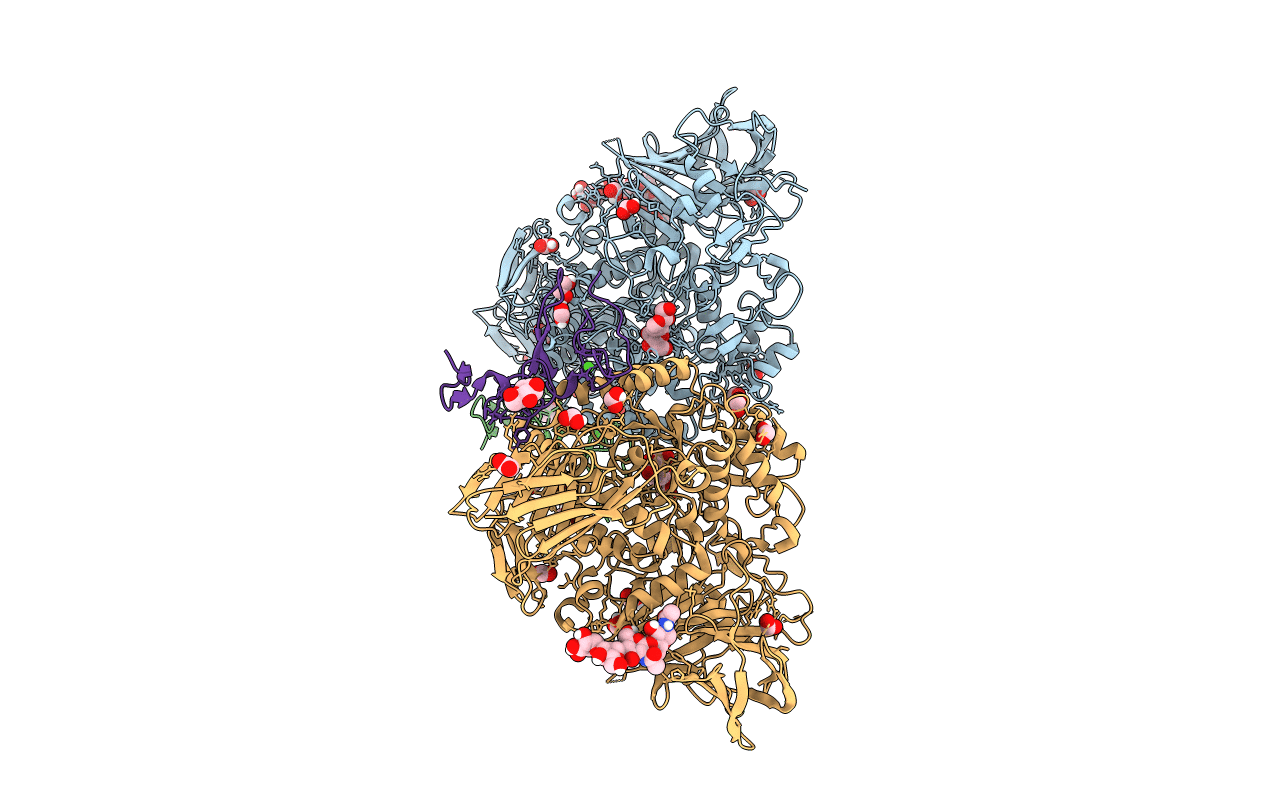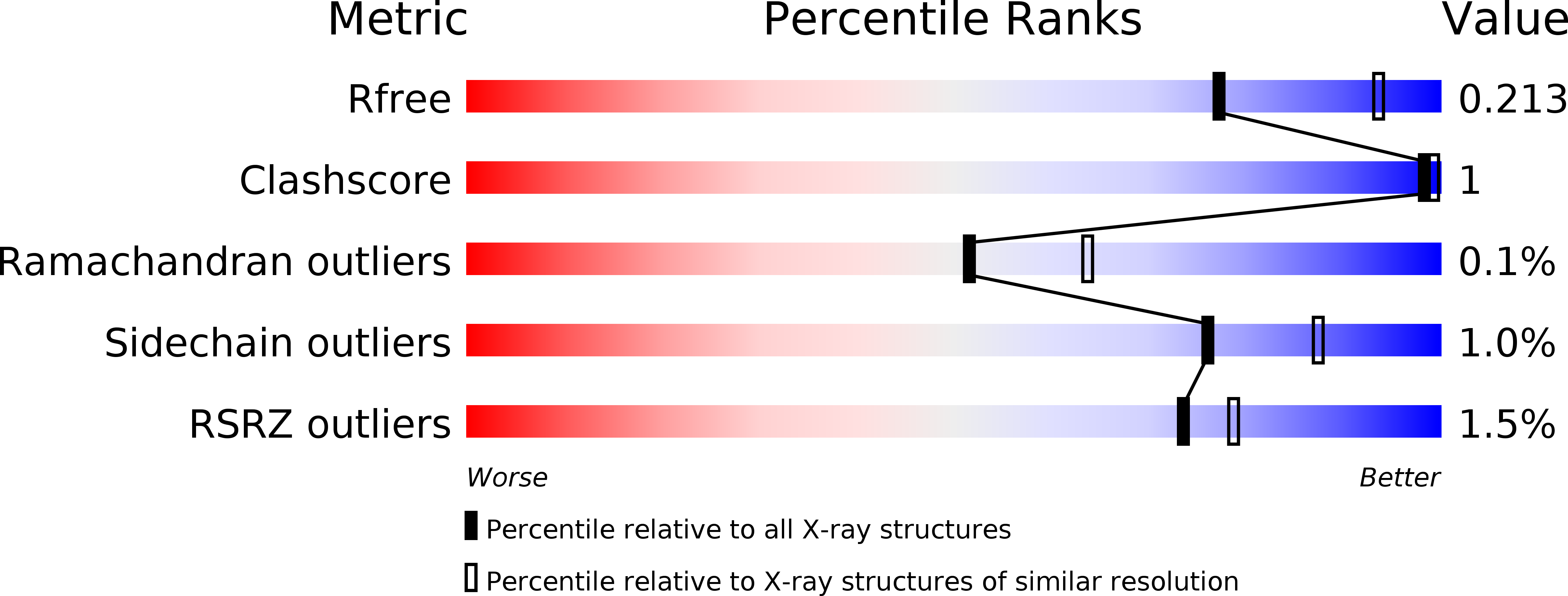
Deposition Date
2016-01-13
Release Date
2016-07-27
Last Version Date
2024-11-20
Entry Detail
PDB ID:
5HJO
Keywords:
Title:
Murine endoplasmic reticulum alpha-glucosidase II with bound substrate analogue
Biological Source:
Source Organism:
Mus musculus (Taxon ID: 10090)
Host Organism:
Method Details:
Experimental Method:
Resolution:
2.29 Å
R-Value Free:
0.23
R-Value Work:
0.20
R-Value Observed:
0.20
Space Group:
P 21 21 21


